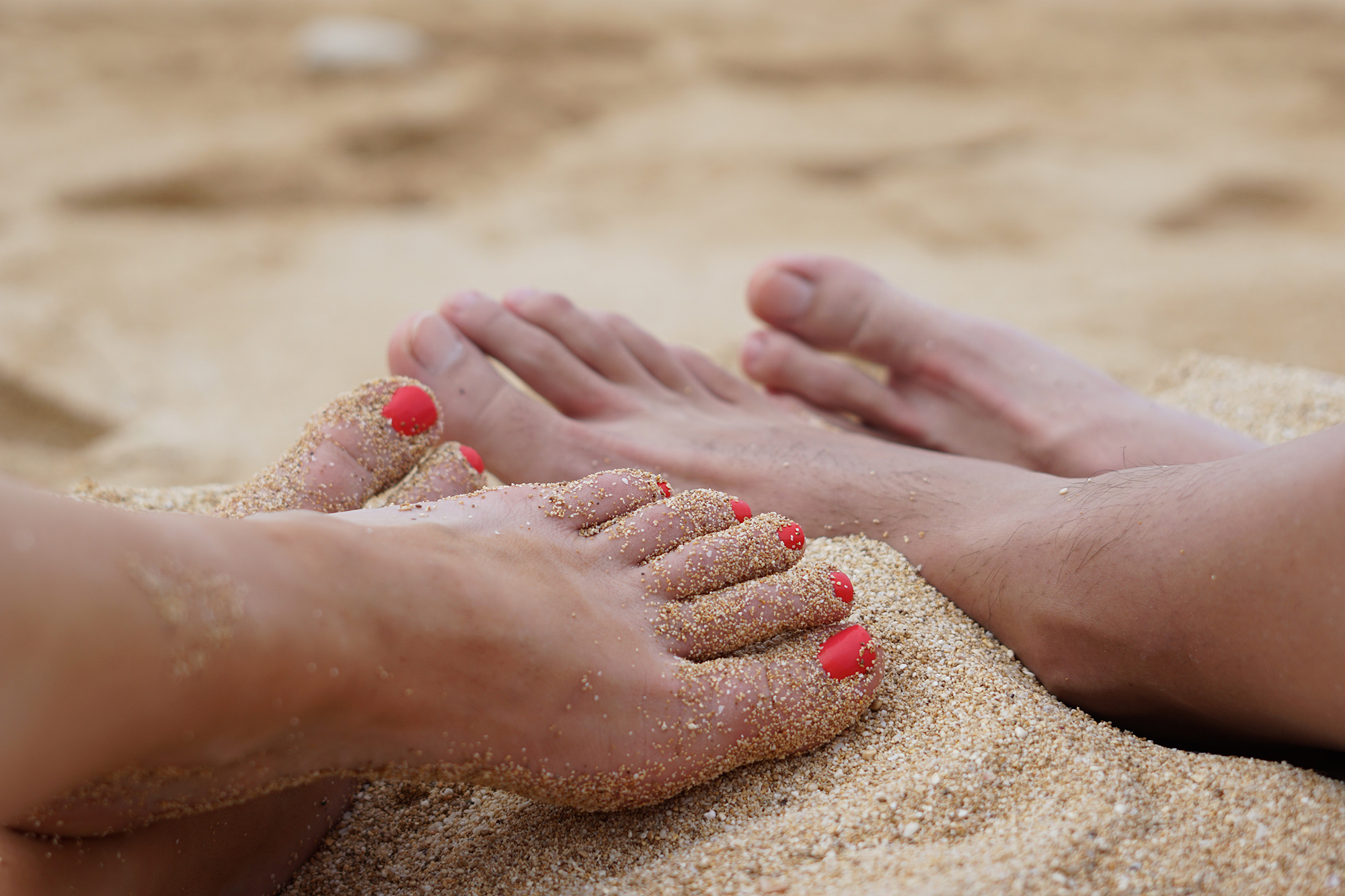Skin & Nail Problems
Contact The Perth Podiatrists today for expert diagnosis and treatment planning for any of the following podiatric skin or nail complaints.
Common skin and nail complaints may include:
Callouses and Corns
Callouses and corns are areas of skin that thicken, after exposure to repetitive forces, in order to protect the skin. When a callous develops a mass of dead cells in its centre, it becomes a corn. Corns generally occur on the toes and balls of the feet. They are generally symptoms of underlying problems and in some instances, an early warning sign of more complex foot problems. A callous or corn will require treatment when they become painful. If you suffer from diabetes, poor blood circulation, or loss of sensation (neuropathy), you should seek professional treatment even if there is no associated pain.
Athletes Foot
Tinea pedis (Athletes Foot) is a skin condition which affects about 15% of the population. Symptoms include scaling and flaking or softening and whitening of the skin on the feet and in particular between the toes. Secondary bacterial infection can lead to itchiness or unpleasant odour. Ensuring proper drying and aerating of the feet, with appropriate foot care routines and shoe selection can sometimes resolve the issue. Your podiatrist can prescribe an appropriate topical medicine that can give fast and effective results.
read more on Sports Podiatry.
Nail Problems
Healthy nails are pink and grow constantly. A big toe nail takes up to 12 months to replace itself with a new nail. Unfortunately, nail problems are common and may be caused by warts, tumours under the nail plate, trauma and infection. Fungal nails may require topical paints and when necessary oral antifungal agents. Other conditions may cause nails to have the appearance of a fungal infection, such as Psoriasis. You should obtain a clear diagnosis and treatment options from your podiatrist.
Read our blog post for more information on treating fungal nails.
Cracked Heels
You may have hard or cracked skin on your heels, which can be painful or unsightly. Occasionally these cracks may become infected requiring antibiotics. In severe cases of hyperkeratosis (thickened skin) podiatry treatment can quickly and effectively remove the dry cracked skin. This can be followed up with the application of an appropriate heel balm, which can reduce the rate of reoccurrence.
Read our blog post on cracked heels.
Verruca /Plantar Warts
A verruca or plantar wart is a small spot that develops on the sole of the foot with tiny black spots, which are tiny areas of pinpoint bleeding. If you notice a spot of this description, it may be a plantar wart and if it grows will become painful for you when standing or walking. Plantar warts may occur at all ages, but they are most common among children 12-16 years of age. Plantar warts are viral tissue, contagious and may be spread in public showers or occur after minor skin trauma. If they become painful, begin to spread, or you require confirmation on the lesion, we can assist. We offer a range of treatment options.

